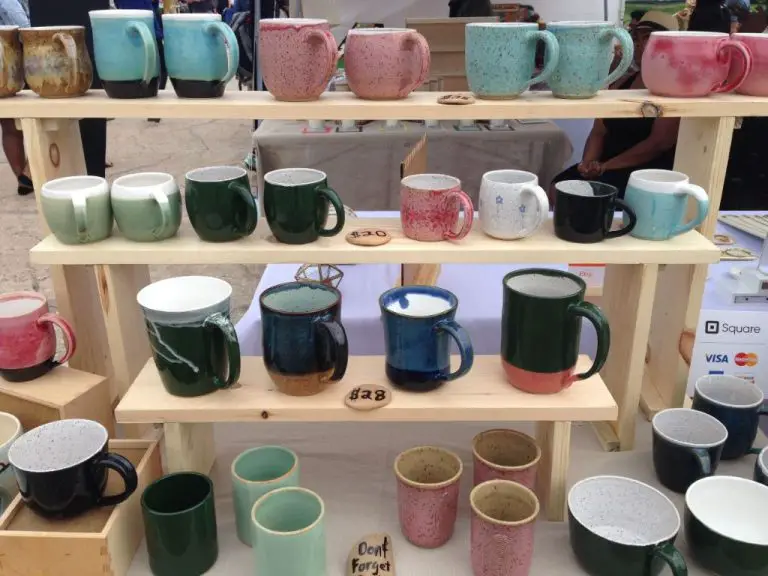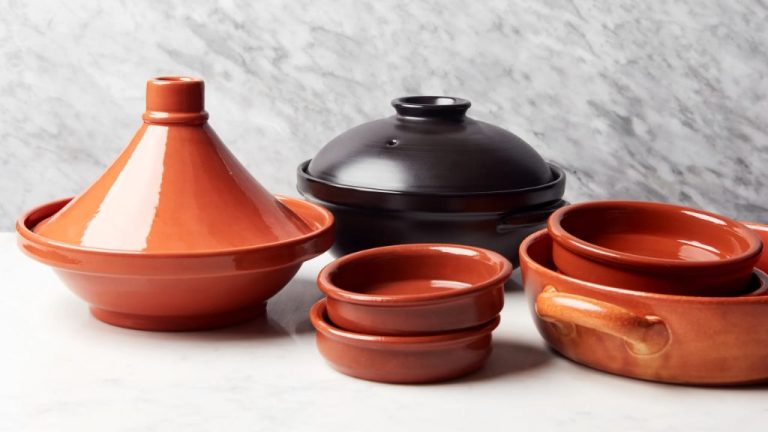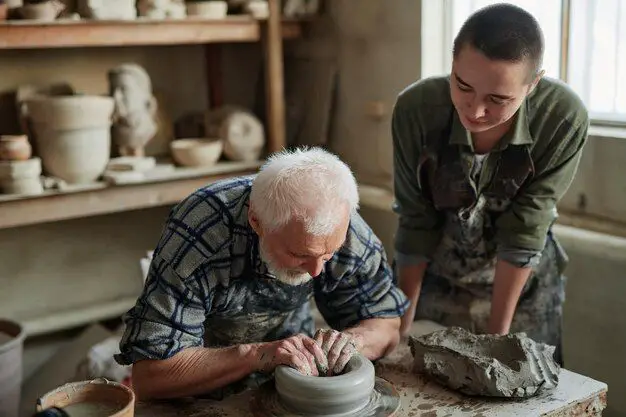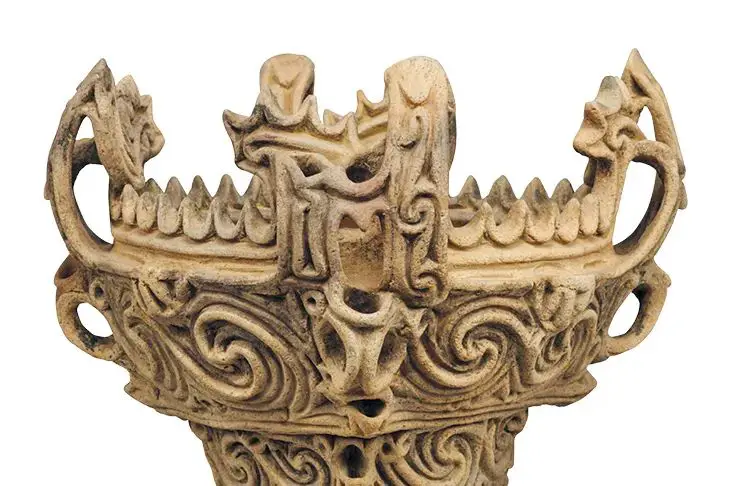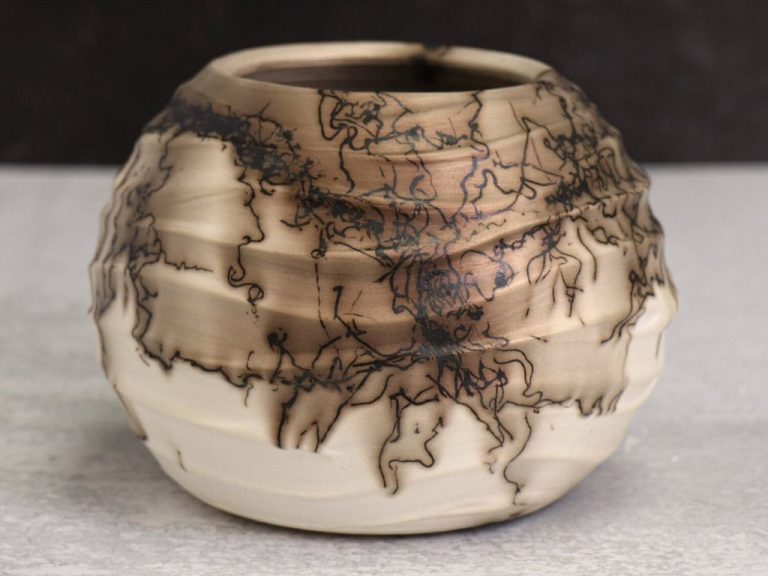What Is Holland Delft Blue?
Delft blue porcelain, also known as Delft Pottery or Delftware, refers to the iconic blue and white tin-glazed pottery that originated in the city of Delft in the Netherlands in the 17th century. It was an alternative to Chinese porcelain that was popular in Europe at the time but difficult to obtain due to trade disruptions.
Delft potters created a version of Chinese blue and white porcelain using local raw materials like clay. The distinctive blue color comes from cobalt oxide. Delft Blue became extremely popular and was exported widely, even back to China. It represents an important chapter in the history of European porcelain.
Today Delft Blue is still produced by a small number of factories in Delft and is an iconic symbol of Dutch craftsmanship and cultural heritage. From vases to plates to tiles and more, the intricate blue and white designs are recognized worldwide.
Origins
Delft Blue originated in the city of Delft in the Netherlands in the 16th century. It was inspired by Chinese porcelain that was imported to Europe at the time through trade routes like the Silk Road. As Chinese porcelain grew in popularity due to its beautiful blue designs, Dutch potters began experimenting with ways to imitate it using local materials and techniques.
By the 1600s, potteries in Delft had perfected the process of making intricately hand-painted blue and white porcelain. The earliest pieces were very similar to Chinese porcelain, with similar designs. Over time, Delft Blue developed its own iconic style, still using the blue and white color scheme but with more localized Dutch themes and paintings.
The term “Delftware” was coined since it was made in the Delft region. Delft Blue became hugely popular and was exported throughout Europe and even as far as China and Japan. It represented the Golden Age of the Netherlands and its trading power. The 17th century is considered the high point for exquisite Delft Blue ceramics before it began declining in popularity in the late 18th century.
Sources:
https://en.wikipedia.org/wiki/Delftware
https://www.heinendelftsblauw.com/history-delfts-blauw
Manufacturing Process
The process of crafting Delft Blue porcelain has remained largely unchanged for over 400 years. It requires skilled artisans and careful techniques to create the iconic blue and white patterns. Delft Blue begins with mixing several clays, including kaolin, to form a paste. The clay is shaped into desired forms using molds. It is then fired at extremely high temperatures, between 2,400 – 2,500°F, to harden the clay into bisque porcelain. Next, the white bisque pieces are hand painted by artisans using brushes and cobalt oxide paint. The painted ware is covered with lead-based glaze and fired again, melting the glaze and fusing the patterns with the porcelain. Firing the glazes requires precise timing and temperatures up to 2,200°F. Delft Blue porcelain has been crafted in dedicated potteries and factories around the city Delft for centuries, with the Royal Delft factory being the most famous.
Iconic Delft Blue Designs
Dutch Delft Blue pottery is characterized by its intricate blue and white floral and geometric motifs and patterns. Some of the most common Delft Blue motifs include:
Flowers: Tulips, roses, and peonies are some of the most iconic floral motifs. The tulip in particular is a national symbol of the Netherlands and is synonymous with Delft pottery.[1]
Animals: Fauna like birds, rabbits, deer, and other woodland creatures are frequently depicted.[2]
Windmills: These quintessential Dutch landmarks with their revolving sails often adorn Delft plates and tiles.
Houses and Churches: Delft Blue scenery often includes traditional Dutch buildings, bridges, and religious iconography reflecting the Protestant history of Delft.
Nautical: Delft’s prosperous maritime trade history is represented through ship motifs as well as shells and other maritime life.
Oriental: The Dutch East India Company brought Chinese and Japanese porcelain influences, seen in pagoda and willow patterns.
Geometric: Criss-crossing lines, circles, triangles, and squares create striking abstract designs.
Delftware’s diversity of motifs juxtaposed in vivid cobalt blue over the milky white glaze make it an iconic Dutch craft recognized worldwide.
Types of Delft Blue Pieces
Delft Blue pieces come in a wide variety of shapes and forms, often featuring intricate designs. Some of the most popular types of Delft Blue pieces include:
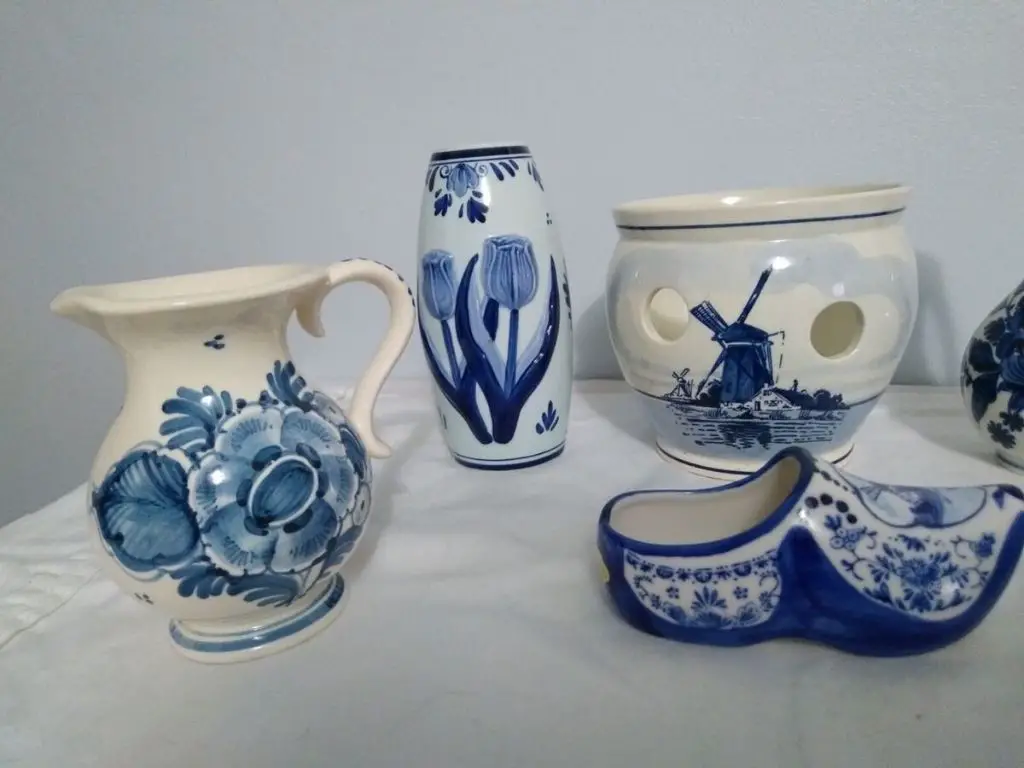
Plates: Intricately painted plates are one of the most iconic Delft Blue items. Ranging from small appetizer plates to large dinner plates, Delft Blue plates often feature floral patterns, windmills, or scenes of old Dutch towns.
Vases: Delft Blue vases are a classic way to display flowers with a touch of Dutch heritage. Tall, slender vases prominently showcase the traditional blue designs.
Tiles: Delftware tiles have been popular since the early days of Delft pottery. Blue and white tiles are still used to decorate many historic Dutch buildings and homes. Tiles often depict scenes of daily life in Delft.
Jugs/Pitchers: Delft Blue pitchers and jugs with curved handles and spouts are popular tableware and decoration items. These pieces stand out with their cobalt blue against the white background.
Ornaments: Miniature Delft Blue windmills, houses, and figurines make charming ornaments and souvenirs. Delftware Christmas ornaments are especially popular.
Other common Delftware items include boxes, bowls, jars, candle holders, and more. The diversity of Delft Blue pieces is a testament to its lasting design appeal.
Authentication
Determining whether a piece is authentic antique Delft blue pottery requires careful examination. Some key ways to identify genuine Delftware include:
Examine the bottom or backside for marks. Authentic pieces often have the maker’s initials or symbols imprinted, according to Dutch Delftware. However, not all pieces will bear a mark.
Inspect the glaze. Real Delft blue has a glossy, opaque white tin glaze covering the pale clay base. Fakes may use inferior glazes.
Check for flaws. Since Delft was handmade, small flaws like uneven glaze thickness are signs of authenticity. Fakes tend to have a more perfect, machine-made look.
Look closely at painted motifs. On real Delft, the lines will not be perfectly uniform. Printing techniques give counterfeits a more precise, stenciled appearance.
Examine the bottom. Authentic antique Delft has a rough, sandy base where it touched the kiln. Fakes often have smoother bases.
Consider weight and feel. Real Delft tends to feel heavier and more dense than imitations due to the clay composition and glazing.
Watch for fake marks and signatures, which imitate real Delft ones, according to Dusty Old Thing. Genuine Delft blue only has signatures after 1814 when the factory opened to public artists.
Care and Maintenance
Delft blue porcelain requires gentle care and maintenance to preserve its beauty and value over time. According to French Garden House, you should “NEVER NEVER use bleach, as this weakens the porcelain structure and will break it down. It will also make your piece yellow over time.” When cleaning, use a soft damp cloth and mild soap. Avoid abrasive cleaners or anything that could scratch the glaze.
For storage, wrap pieces in acid-free tissue paper and avoid overcrowding them. Store in a cool, dry place away from direct sunlight to prevent fading. According to Royal Delft, “All our handmade and hand-painted products fall under Delft Blue pottery,” so take care not to expose them to moisture or drastic temperature changes.
If a piece chips or breaks, take it to a professional porcelain repair specialist. Do not attempt repairs at home, as this could cause further damage. With proper care and handling, Delft blue porcelain can remain intact for generations.
Buying Delft Blue Today
Delft blue pieces can be purchased from a variety of sources today. Here is an overview of where to buy new and antique Delft blue pieces:
New Pieces:
- Directly from Delft factories and stores in Delft, Netherlands – There are still a few operating Delftware factories in Delft that have factory stores where you can buy new pieces directly. This is the best place to get authenticated new Delft.
- Online and in-store retailers – Many online retailers like Amazon and general home goods stores carry new Delft blue pieces from factories in Holland. Prices and selection are more limited than buying directly in Delft.
- Local arts and craft fairs – Some local artists and potters may produce Delft-style blue and white pottery. This will not be authentic Delft from Holland but can offer an affordable alternative.
Antique and Vintage Pieces:
- Auction houses like Christie’s and Sotheby’s – Delft blue pieces from past centuries can go for high prices at major auction houses.
- Antique stores and antique malls – Shops specializing in antiques and collectibles may have a selection of antique Delft blue pieces.
- Estate sales and flea markets – It takes some hunting, but you can sometimes find antique Delft blue items at estate sales and flea markets at discounted prices.
- Online platforms like eBay and Etsy – Many antique and vintage Delft blue pieces get listed online, but be sure to verify authenticity.
When buying Delft blue antiques, be sure to verify the authenticity by looking for maker’s marks and evaluating the quality and age of the piece. Consult an expert if needed. For new pieces, buying directly from Delft factories and stores is ideal.
Delft Blue Artists
Delft blue pottery has been painted by many talented artists and designers over the centuries. Some of the most notable Delft painters include:
Johannes Vermeer was one of Delft’s most famous 17th century painters. Although better known for his interior genre paintings, such as Girl with a Pearl Earring, he also painted a few Delft pottery pieces early in his career. His painting The Milkmaid depicts Delft ware prominently.1
Adriaen Kocks was an acclaimed late 17th and early 18th century Delft pottery painter. He led one of the largest workshops and was known for his fine brushwork and intricate designs on plates, vases, and tiles. The Delft Plate by Adriaen Kocks in the Rijksmuseum is a stunning example of his craft.2
The De Griek family of Delft painters spanned multiple generations during Delft’s heyday in the 1600s. Father Pieter de Griek and sons Jan and Jacob were renowned for their delicate style, demonstrated on pieces like the De Griek Blue and White Plate depicting lambs in the Metropolitan Museum of Art.3
Famous Delft painters like Harmen van Bohij and Nicolaes van der Bergh continued to create stunning Delft ware into the 19th century, even as tastes changed. Their revival pieces took inspiration from Dutch Golden Age styles but with an updated aesthetic.
The Legacy of Delft Blue
Delft Blue porcelain has had a lasting cultural significance and popularity since its inception in the 17th century. According to Wikipedia, Delftware became highly sought-after and was the first successful attempt by Europeans to make tin-glazed earthenware. Its blue and white designs inspired potteries around the world, from Mexico to Japan.
The iconic blue and white ceramic ware has become synonymous with Dutch culture and tourism. According to IAmExpat, Delft Blue remains one of the most popular souvenirs from Holland today. The distinctive look of Delft Blue has been used in Dutch paintings, on all manner of decorative items, and even inspired an ethnic tailfin design called “Delftblue Daybreak” for British Airways planes.
While tastes changed over time, Delft Blue has seen resurgences in popularity. It is now cherished as a nostalgic symbol of Dutch history and craftsmanship. There are entire museums in Holland dedicated to showcasing Delft Blue pieces. The classic blue and white porcelain continues to be collected and admired worldwide as a celebrated artifact of the Dutch Golden Age.

